China has successfully initiated a new round of international cooperation on giant panda conservation as experts have debunked a recent article published in The New York Times that made false claims about the captive breeding process.
Giant pandas Bao Li and Qing Bao were sent to the Smithsonian's National Zoo in Washington, DC, earlier this month, while another pair of the beloved bears are being readied for their journey to Australia in December. Pandas Yun Chuan and Xin Bao went to San Diego, California, in June, while Jin Xi and Zhu Yu flew to Madrid, in April.
Since 1994, China has engaged in giant panda conservation research cooperation with 26 institutions in 20 countries, leading to the birth of 68 cubs overseas.
"Over 50 pandas born abroad have returned to China to participate in breeding programs. Among the 728 captive pandas globally, the offspring of those that participated in international exchange cooperation account for nearly 25 percent, a significant contribution to the captive population," said Li Desheng, chief scientist at the China Conservation and Research Center for the Giant Panda in Chengdu, Sichuan province.
Protecting giant pandas involves addressing the challenges of increasing numbers and genetic diversity.
According to Li, the three major issues in the process — difficulty in estrus, breeding and cub survival — were resolved around 2000.
"International cooperation contributed greatly. Collaborative efforts of domestic and foreign scientists significantly enhanced the reproductive capacity and offspring quality of giant pandas," he said.
Cooperation with the zoo in Washington led to significant success in the process of panda semen collection and preservation, as well as genetics and ecological research. Collaboration with the San Diego Zoo has been in the areas of panda behavior, artificial milk development, artificial cub rearing and disease prevention. Cooperation with Wakayama Adventure World wildlife park in Japan has focused on panda feeding and cub rearing. All these efforts have had an important influence on giant panda conservation.
Earlier this month, The New York Times published an article that cited outdated, biased and false information to attack China's efforts in captive breeding and artificial insemination of giant pandas.
The article completely overlooked the important fact that ex situ conservation is widely accepted by scientists as playing an important role in the protection of endangered and critically endangered wildlife species.
From the 1970s to the 1980s, the wild giant panda population in China plummeted from 2,400 to 1,100. The gravity of the situation prompted conservation translocation efforts during which the endangered animals were brought to conservation centers for better care and breeding. This process provided a backup for the wild population and garnered support and recognition from many experts, according to the National Forestry and Grassland Administration.
Li, from the Chengdu panda center, said that early on, due to the limited number of captive individuals, fewer giant pandas could participate in breeding. "Most males were unable to naturally mate, while females had short estrus periods, necessitating artificial insemination to ensure genetic diversity," he explained.
The claims made in The New York Times article that some giant pandas were harmed during artificial breeding have been firmly rejected by experts.
"The process of semen collection is safe. Before collection, the giant pandas are anesthetized, and the voltage used during collection typically ranges from 2 to 6 volts, a level that humans can barely perceive. Artificial insemination can usually be completed within half an hour," Li said.
For the sake of comparison, a standard AA battery produces 1.5 V.
"This procedure has been used for giant panda breeding since the late 1990s. There have been no health concerns due to electric stimulation during semen collection, nor is there any scientific evidence suggesting that such stimulation could negatively affect the health of the giant pandas," Li added.
According to the National Forestry and Grassland Administration, the efforts made by scientists have allowed the captive giant panda population to increase from less than 100 in the early 1980s to 728 as of the end of last year. This expansion in captive population has provided conditions for the reintroduction and support of wild panda populations, another goal of conservation translocation.
Wei Rongping, a senior engineer at the Chengdu center, said, "China initiated the study of introducing captive giant pandas into the wild in 2003, and has since released 12 captive pandas after rewilding training. At present, 10 of them are surviving."
In addition to introducing captive giant pandas into the wild, panda centers also rescue sick and injured pandas from the wild, along with abandoned cubs. Pandas that recover and demonstrate the ability to survive independently are then reintroduced into the wild.
Pandas that are not capable of surviving in the wild, especially those of advanced age, continue to be cared for at the panda centers. Currently, there are 11 bears rescued from the wild living in China's panda centers, with eight of advanced age and the oldest among them 32 years old, according to the administration.
Liu Xuehua, from the School of Environment at Tsinghua University, said that international cooperation has played a crucial role in conservation efforts.
"The international conservation funds raised during giant panda international cooperation projects played a positive role in the early stages of wildlife conservation in China, when funds were severely lacking," she said.










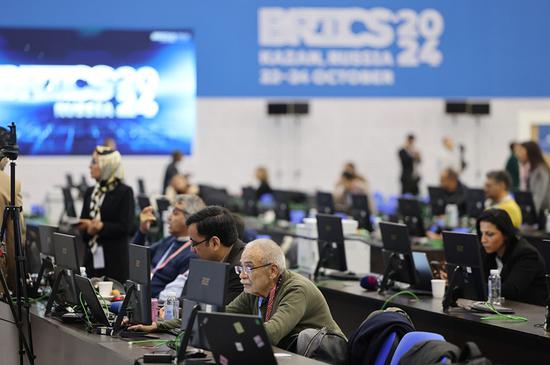
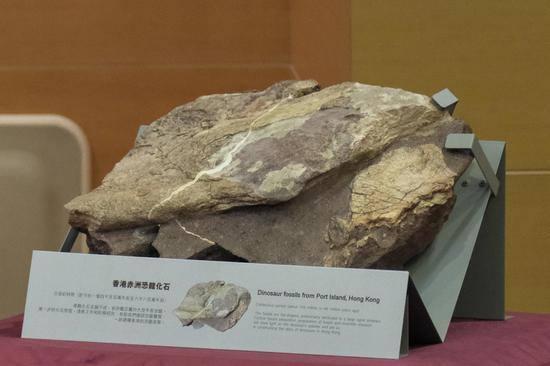










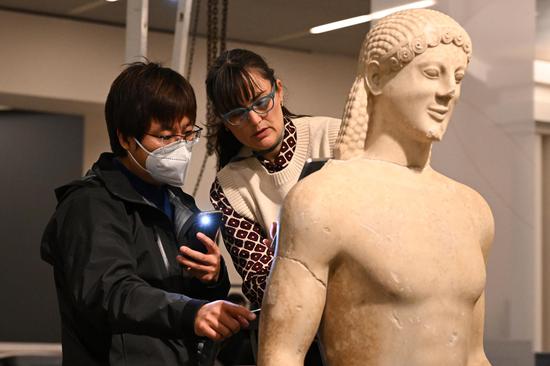

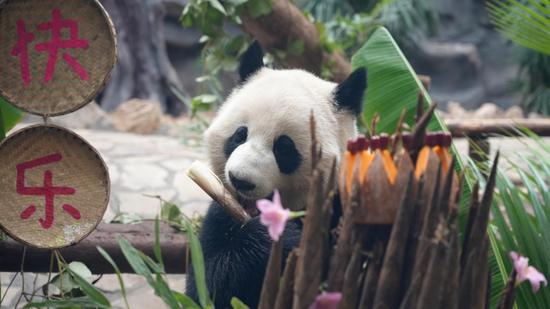
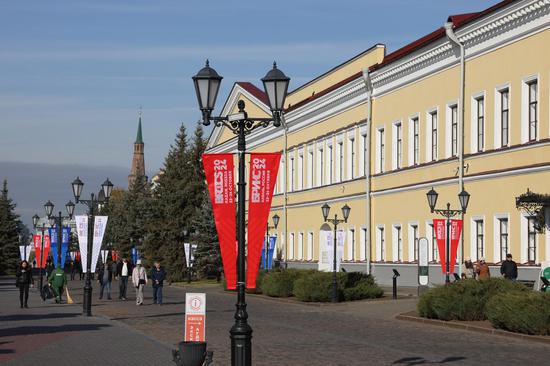


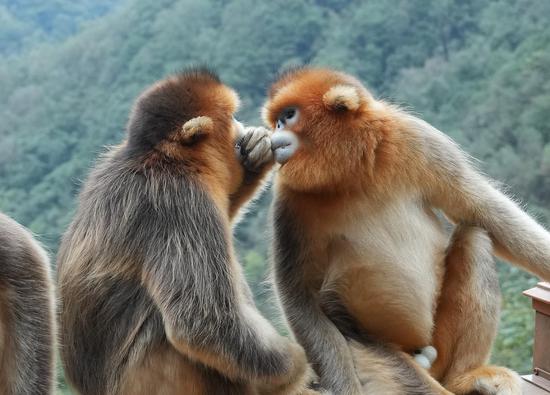
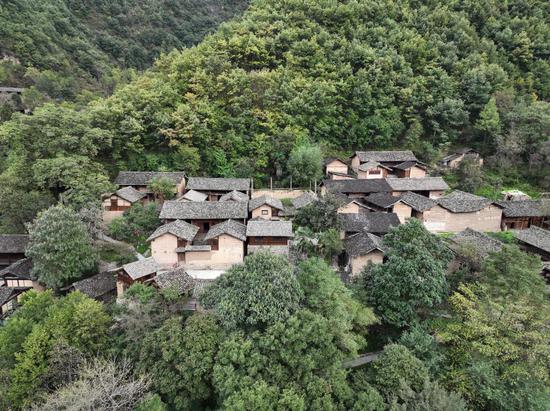


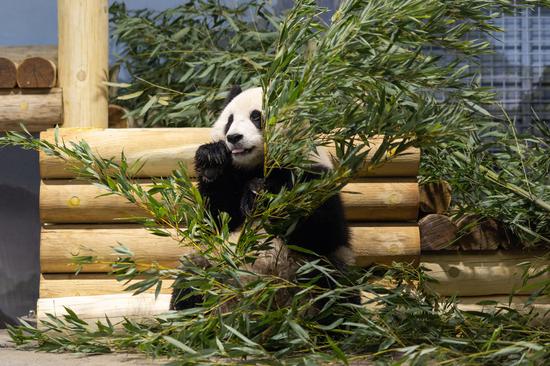
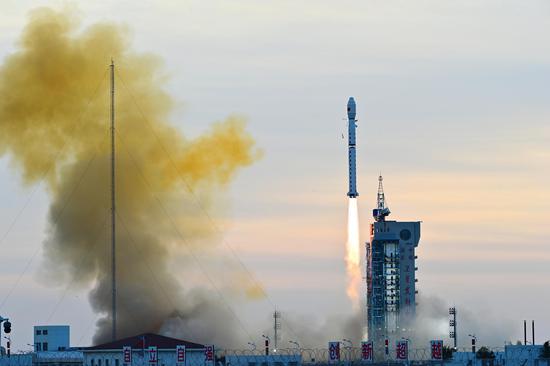




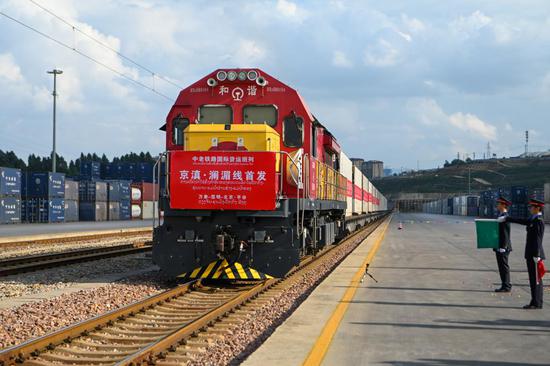


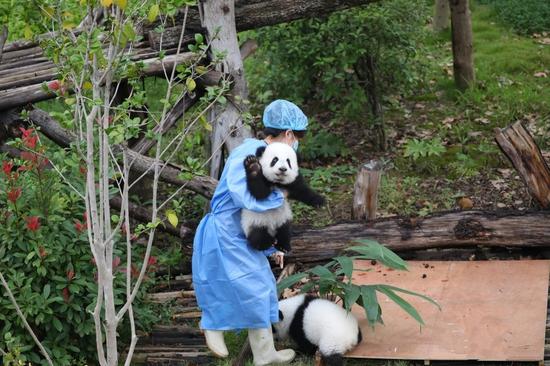


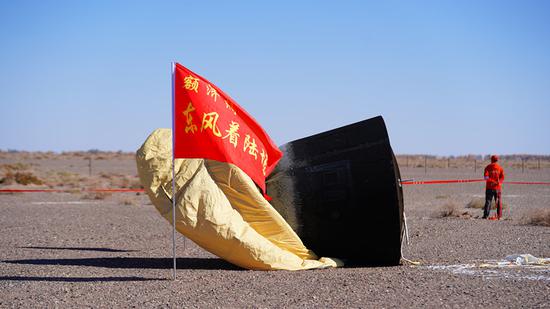





 京公网安备 11010202009201号
京公网安备 11010202009201号